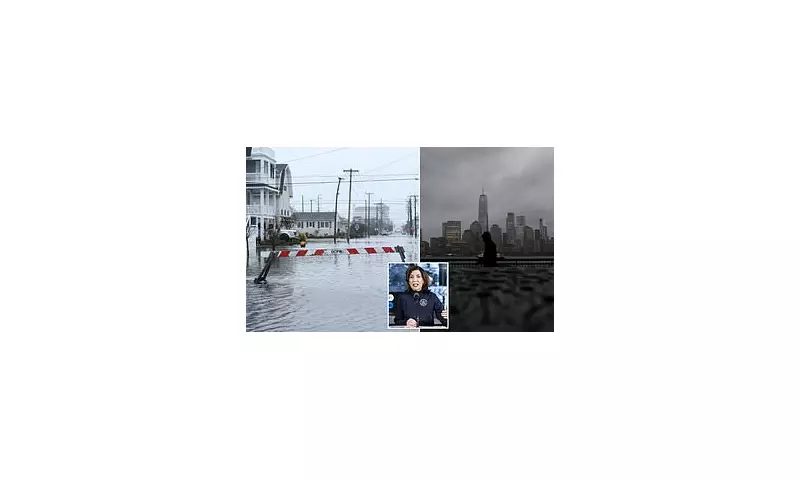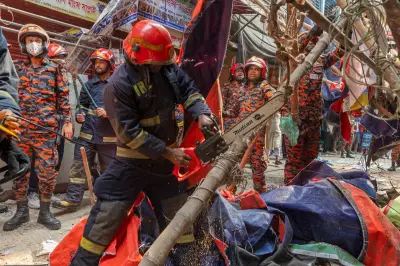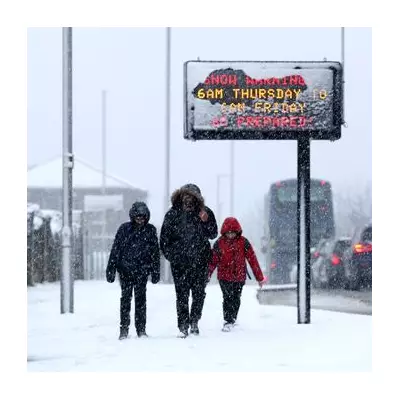
A powerful coastal storm has brought New York City to its knees, unleashing torrential rainfall and triggering severe flooding that has transformed streets into rivers and brought transportation systems to a grinding halt.
Governor Kathy Hochul declared a state of emergency for New York City, Long Island, and the Hudson Valley as the relentless downpour overwhelmed drainage systems and sent water cascading through neighbourhoods. "We are in a very dangerous situation," Hochul warned during a press briefing, urging residents to avoid all unnecessary travel.
Transport Network in Turmoil
The city's extensive transport network suffered catastrophic disruptions as floodwaters invaded subway stations and submerged roadways. Social media platforms became flooded with dramatic footage showing commuters wading through waist-deep water in station corridors and vehicles stranded on flooded expressways.
Major airports reported significant delays and cancellations, while the Metro-North Railroad service experienced suspensions on several lines. Brooklyn and Manhattan bore the brunt of the flooding, with emergency services working tirelessly to respond to numerous calls for assistance.
Record-Breaking Rainfall
Meteorologists confirmed that some areas received an entire month's worth of rainfall in just 24 hours. John F. Kennedy International Airport recorded 8.65 inches of rain, shattering the previous record set during Hurricane Donna in 1960.
The National Weather Service issued multiple flash flood warnings throughout the day, emphasising the life-threatening nature of the situation. "This is an extremely dangerous and life-threatening situation," the service stated in their latest bulletin. "Do not attempt to travel unless you are fleeing an area subject to flooding or under an evacuation order."
Emergency Response Mobilised
New York City officials activated emergency protocols, deploying high-water rescue vehicles and additional personnel across the most affected boroughs. Mayor Eric Adams, currently in Puerto Rico, maintained remote communication with city agencies coordinating the response effort.
Residents in basement apartments were particularly vulnerable, with authorities urging them to seek higher ground immediately. The storm serves as a stark reminder of the increasing frequency of extreme weather events and the urgent need for enhanced urban infrastructure resilience.





